Are you struggling to hit a powerful and accurate forehand? Do you find yourself missing easy shots or lacking confidence in your tennis game? You’re not alone. Many tennis players, from beginners to intermediate levels, face challenges when it comes to mastering tennis techniques and especially their forehand technique.
Imagine stepping onto the court, feeling frustrated as your forehand shots consistently land in the net or sail out of bounds. Your opponents seem to effortlessly return your weak attempts, leaving you feeling discouraged and questioning your abilities. The more you try to improve, the more your technique seems to falter, creating a cycle of disappointment and self-doubt.
But what if there was a way to transform your forehand into a formidable weapon on the court? What if you could learn the secrets that professional players use to dominate their matches? Good news – you can! In this blog post, we’ll dive into expert tips and techniques straight from a pro that will help you master your forehand. From perfecting your grip to unleashing your body’s rotation, we’ll cover everything you need to know to take your forehand to the next level. Get ready to boost your confidence, improve your game, and leave your opponents in awe of your newfound skills145.
Table of Contents
The Power of a Perfect Grip
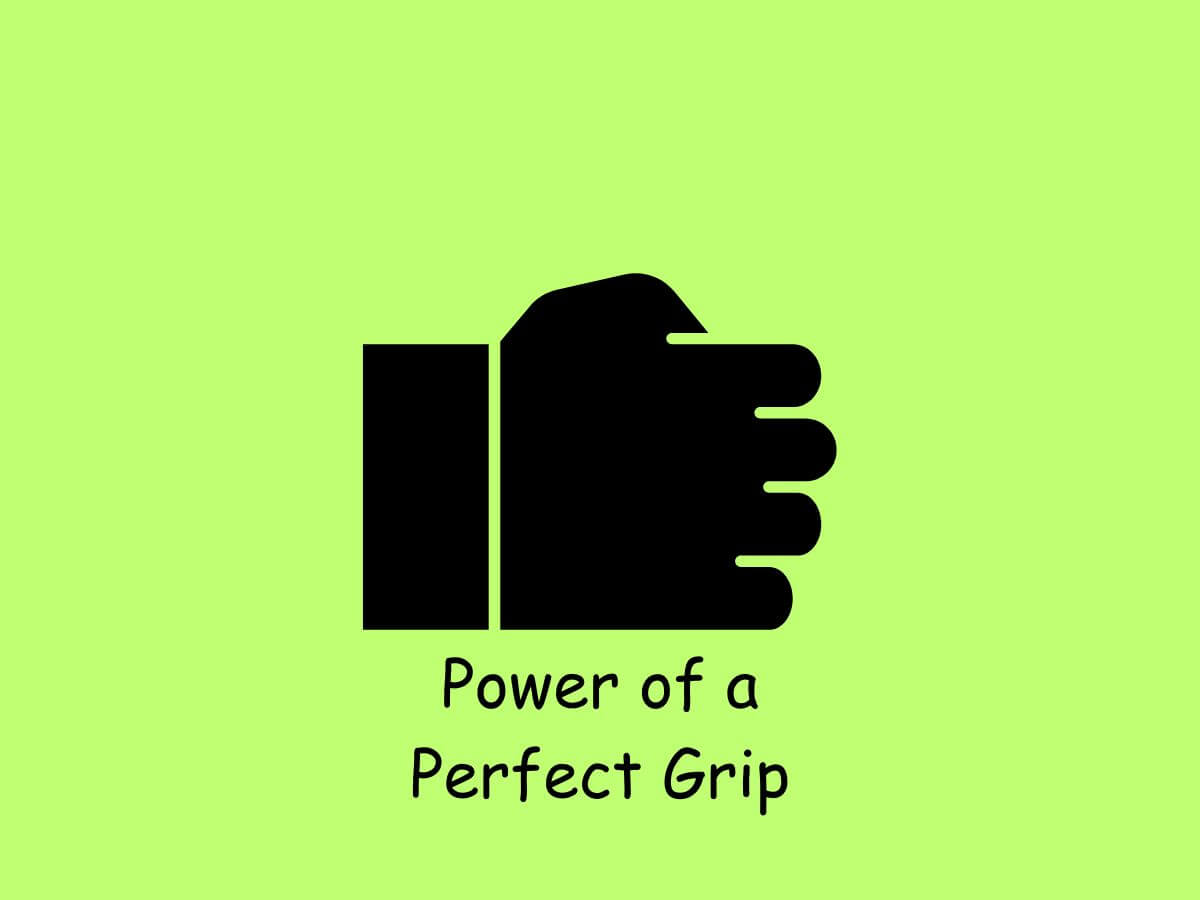
Your grip is the foundation of a powerful forehand. There are several grip options, each with its own strengths. The Eastern grip, used by pros like Roger Federer, offers a good mix of power and spin. To find it, place your palm on the side of the racquet handle. The Semi-Western grip, favored by players like Rafael Nadal, allows for more topspin. It’s the most common grip in tennis today. For maximum spin, some players use the Full Western grip, but it’s trickier to master. To choose your grip, try each one and see what feels most natural. Remember, your grip affects how you hit the ball, so take time to find the right one for you147.
Setting Up Your Stance for Success
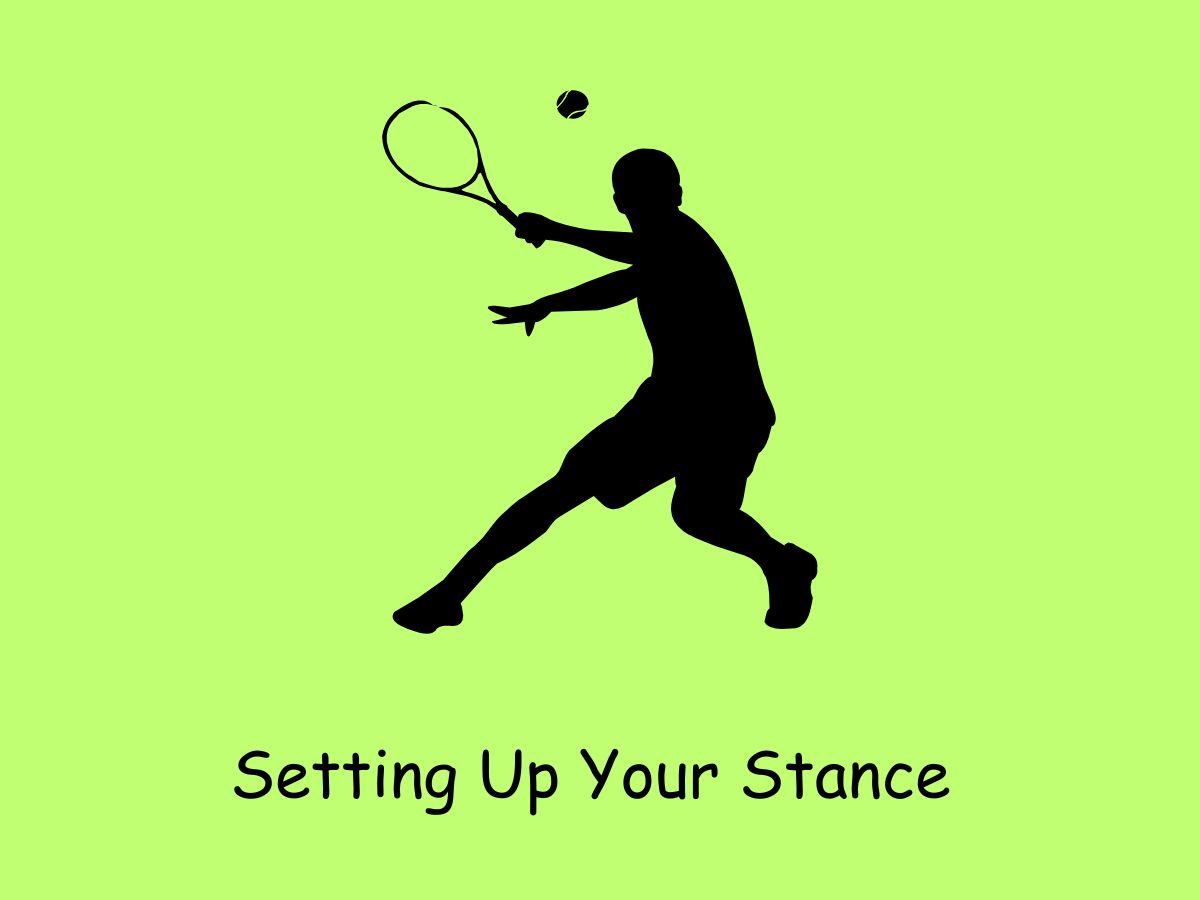
Your stance is crucial for a strong forehand. There are three main stances: open, neutral, and closed. The open stance is great for hitting on the move or dealing with high balls. It allows you to drive upwards into the ball. To use it, align both feet almost parallel to the baseline. The neutral stance is perfect for stepping into the ball on shorter shots. Place your front foot ahead of your body, in line with your back foot. The closed stance is less common but useful in certain situations. Choose your stance based on the incoming ball and your position on the court. A good stance gives you balance and power, helping you hit better forehands258.
The Art of the Swing: High-Low-High
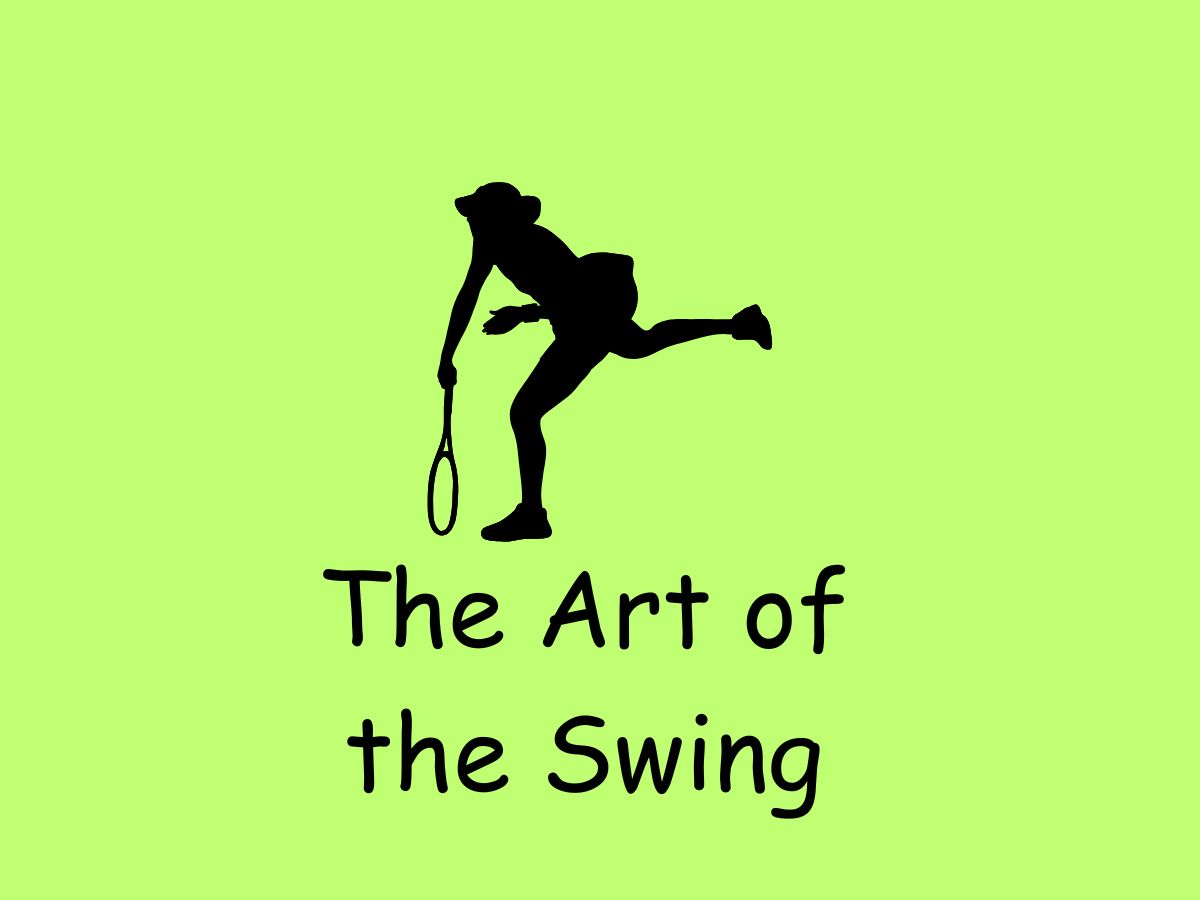
The forehand swing follows a High-Low-High pattern. Start with your racquet high, drop it low as you prepare to hit, then finish high after contact. This motion helps create topspin and power. As you swing, focus on rotating your body. Many players struggle with rotation, but it’s key to a strong forehand. The secret is to use your non-hitting hand to start the rotation. Take your racquet back with both hands in a unit turn. Then, as you swing forward, let your body rotate naturally. Your chest should face the direction of your shot at contact. Practice this rotation slowly at first, then speed up as you get comfortable. Remember, it’s not just your arm swinging – your whole body should be involved in the shot369.
Unleashing Your Body’s Rotation
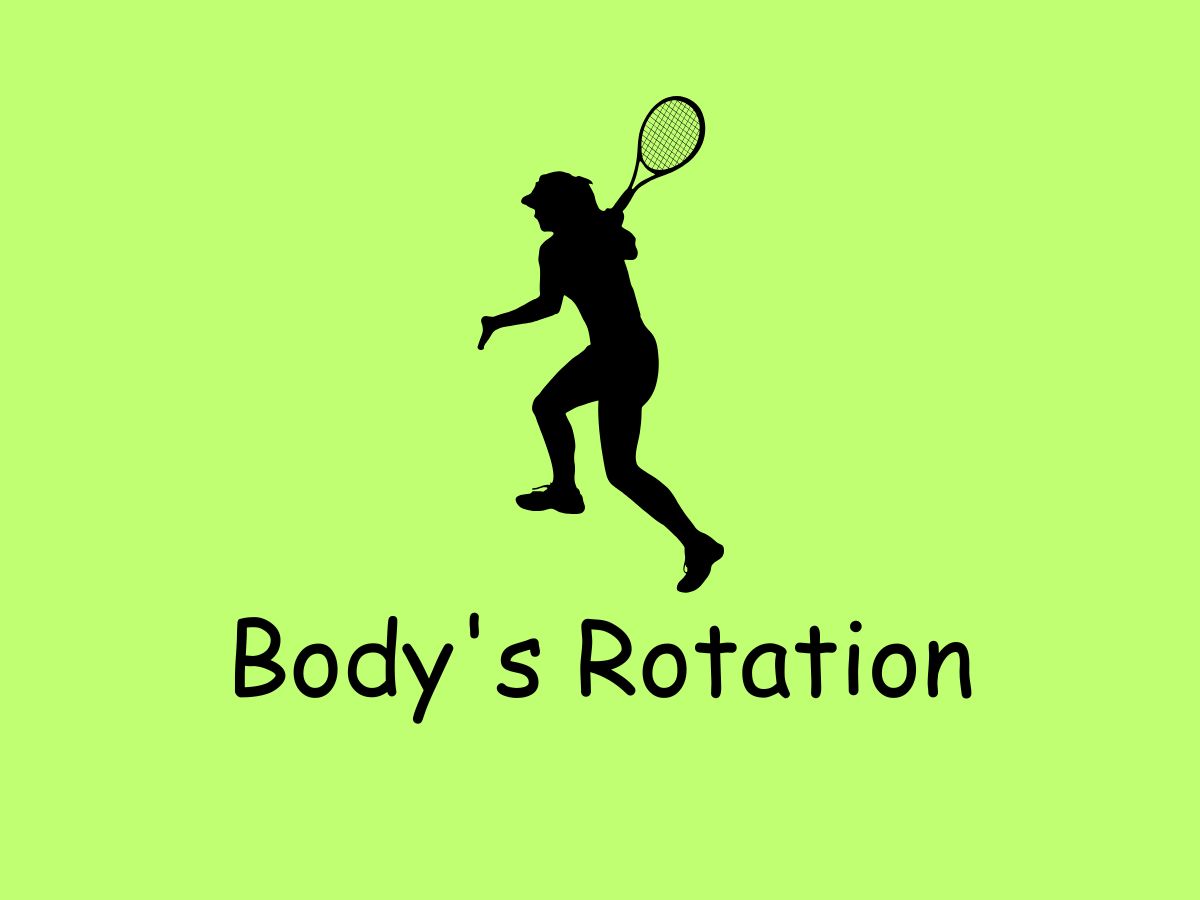
Body rotation is key to a powerful forehand. Many players struggle with this, but there’s a simple trick: focus on your non-hitting hand. Start your forehand with a unit turn, taking the racket back with both hands. This sets up your body for rotation. As you swing, let your non-hitting hand lead the way. It should start the rotation of your body. Your chest should face the direction of your shot at contact. This rotation creates a whip-like motion, adding power to your stroke. Practice this slowly at first, then speed up as you get comfortable. Remember, it’s not just your arm swinging – your whole body should be involved in the shot13.
Mastering the Follow-Through
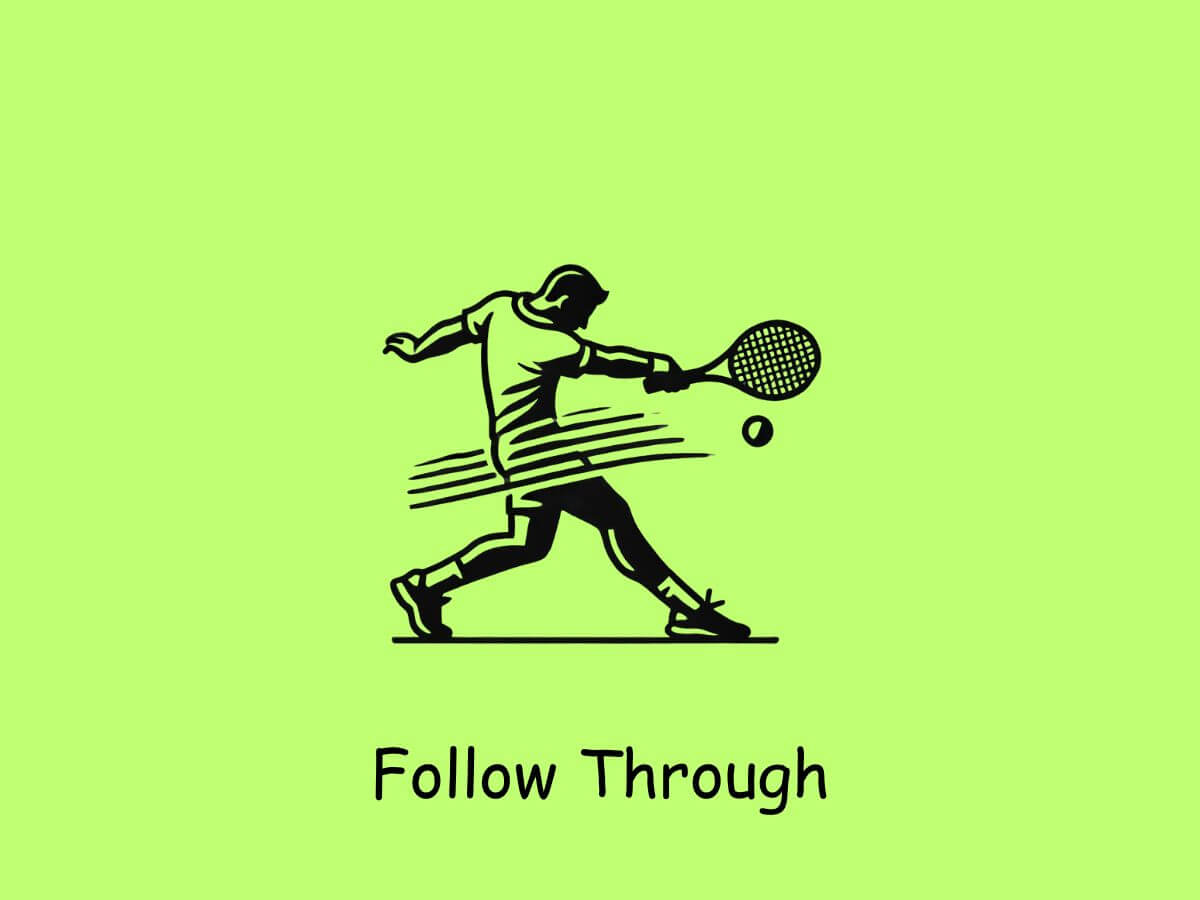
The follow-through is crucial for a consistent and powerful forehand. A good technique is to catch the racket with your non-hitting hand at the end of your stroke. This helps “unlock” your body rotation and adds power to your shot. It also gives you a consistent endpoint for your swing, which leads to more consistent shots. When you follow through, your weight should transfer from your back foot to your front foot. Your racket should end up over your non-hitting shoulder. This full follow-through allows for a complete body rotation and a smooth, fluid motion. Practice this follow-through until it feels natural. It will help you hit with more power and accuracy246.
Adding Topspin to Your Arsenal

Topspin is a valuable weapon in tennis. It allows you to hit the ball hard while still keeping it in the court. To add topspin, focus on brushing up the back of the ball at contact. Your racket should move from low to high during the swing. The grip you use affects your ability to create topspin. The Semi-Western and Western grips are great for topspin, while the Eastern grip offers a balance of spin and power. As you hit, imagine your strings grabbing the ball and lifting it. Your follow-through should finish high, above your shoulder. Remember, topspin isn’t just about your wrist – it involves your whole body. Practice hitting with different amounts of spin to see how it affects your shots. With time, you’ll be able to use topspin to control the depth and bounce of your shots15.
Common Mistakes to Avoid
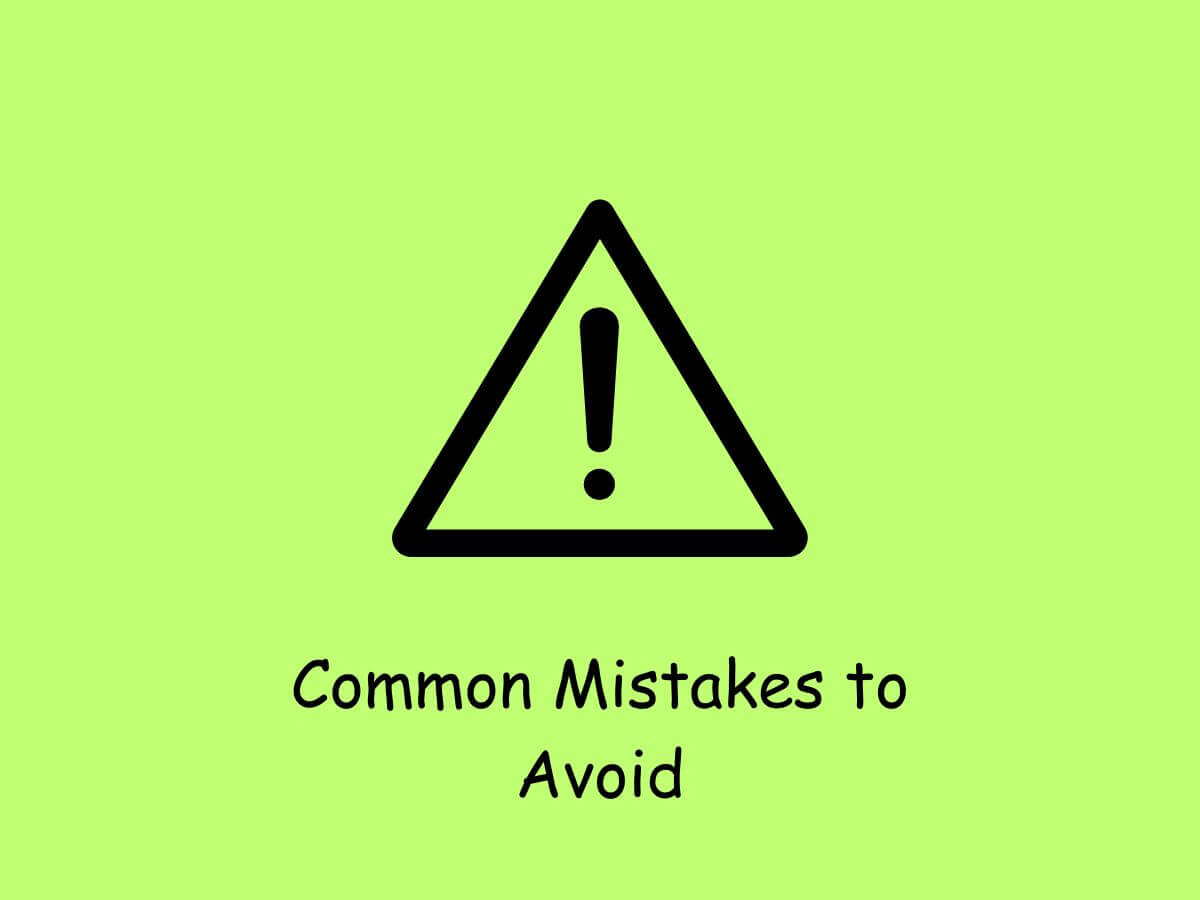
When working on your forehand, it’s important to be aware of common mistakes that can hold you back. One frequent error is using the wrong grip. Many players still use outdated grips like the continental, which worked in the past but isn’t suitable for modern tennis1. Another mistake is adopting a closed stance, which can limit your power and mobility1. Not rotating your body enough is also a common issue that reduces the power of your shots14.
Many players struggle with adding topspin to their forehand. Without topspin, your shots may lack control and power4. To fix this, focus on using a semi-western or western grip and try to brush up on the back of the ball at contact4. Lastly, watch out for the “wrist slap” – a motion where your wrist bends at ball contact. This can ruin your consistency and send balls flying out of court or into the net4.
To avoid these mistakes, pay attention to your technique. Make sure you’re using the right grip for modern tennis, adopt an open or semi-open stance when possible, focus on rotating your body, and work on adding topspin to your shots. Keep your wrist firm at contact to avoid the “wrist slap”. By addressing these common errors, you’ll be on your way to a more powerful and consistent forehand14.
Practice Makes Perfect: Drills to Try
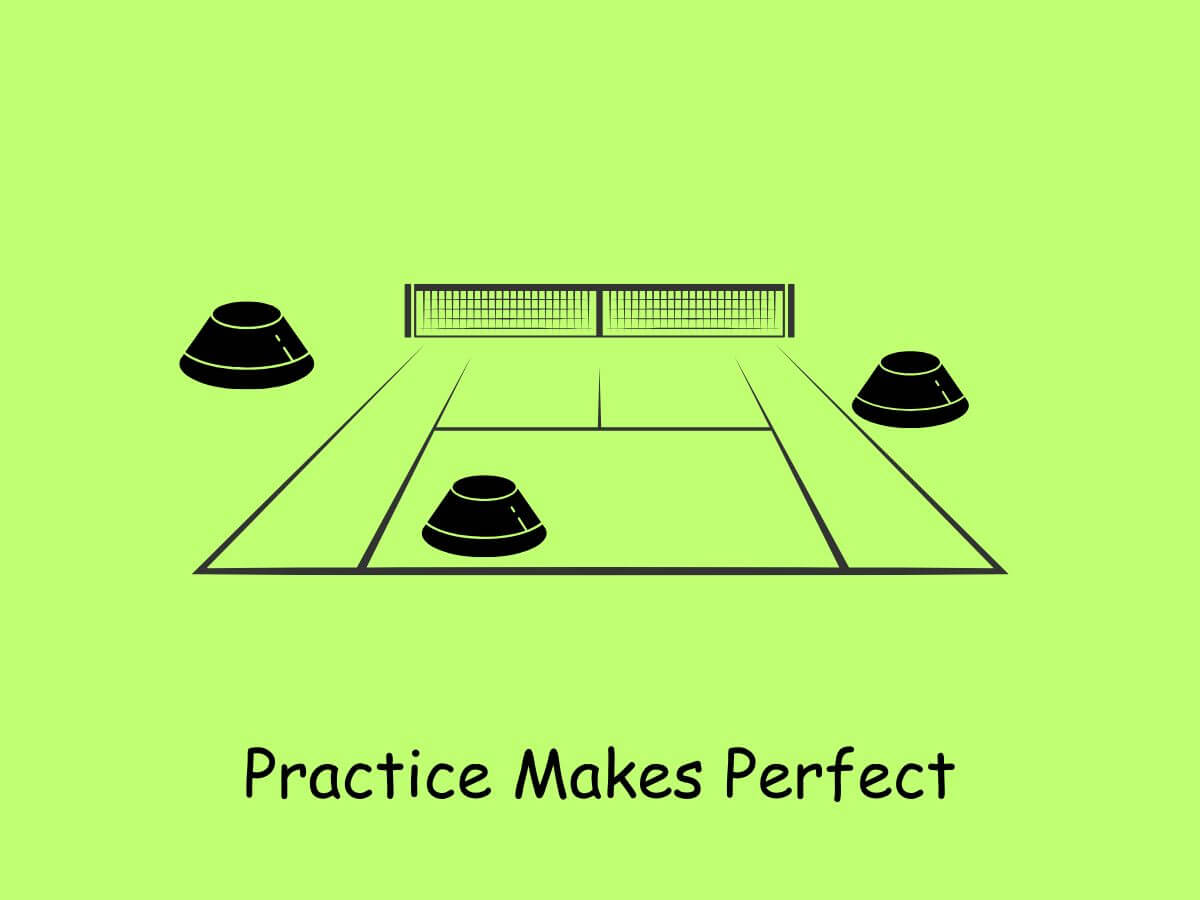
To improve your forehand, consistent practice with targeted drills is key. One effective drill is the spacing drill, which helps you create proper distance between you and the ball2. Another useful exercise is the wrist control drill, focusing on maintaining a firm wrist at the point of contact2. These drills help build the foundation for a solid forehand technique.
For more advanced practice, try the “V” position drill. This helps you perfect the shape of your swing, ensuring you’re hitting through the ball correctly2. The extension drill is also valuable, teaching you to fully extend your arm for maximum power and control2. Don’t forget about footwork – incorporate drills that improve your ability to move quickly and set up for your shots.
A great way to practice is the forehand rally ball drill. This exercise puts your technique to the test in a more realistic setting. Start at the service line and gradually move back as you get more comfortable5. Remember, it’s not just about hitting balls – focus on your form and technique during each repetition. With consistent practice of these drills, you’ll see significant improvements in your forehand over time25.
Taking Your Forehand to the Next Level
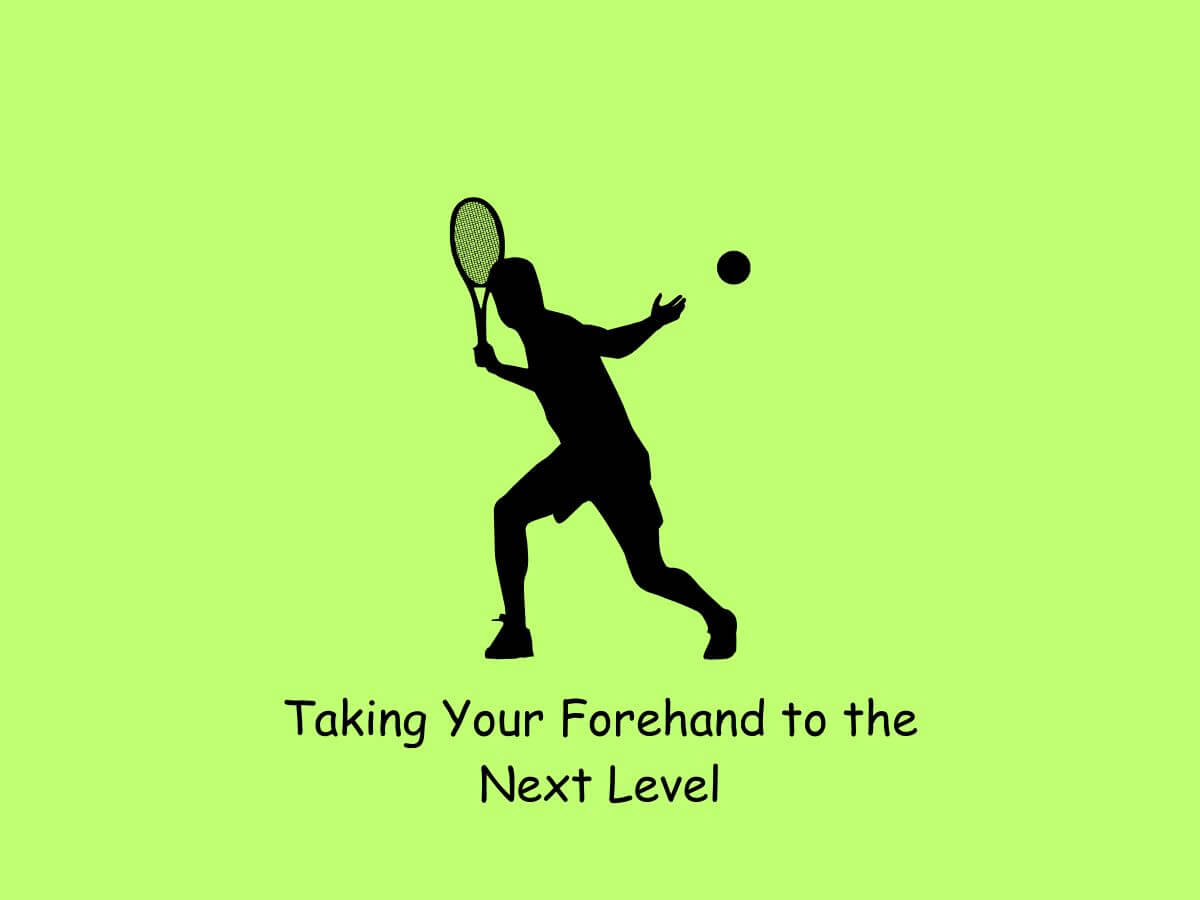
To elevate your forehand, focus on fine-tuning your technique and adding variety to your shots. Start by perfecting your follow-through. A good follow-through helps unlock your body rotation and adds power to your shot. Try to catch your racket with your non-hitting hand at the end of your stroke3. This ensures a full rotation and a smooth, fluid motion.
Next, work on adding different types of spin to your forehand. While topspin is crucial, learning to hit flat shots and slices can make your forehand more versatile3. Practice hitting inside-out forehands and swing volleys to expand your shot selection. These variations will make your forehand more unpredictable and effective against different opponents.
Finally, focus on anticipation and positioning. Always try to read your opponent’s shots early so you can set up properly for your forehand3. Work on your footwork to ensure you’re in the best position to hit powerful shots. Remember, the best players make the forehand their own. Find what works best for your body type and playing style, and don’t be afraid to develop a unique approach to this fundamental shot3.
Conclusion
You’ve now learned some great tips from a pro for improving your forehand. Put these strategies into action during your next practice. Remember, improvements take time and consistent effort. Don’t get discouraged if you don’t see results right away. Keep practicing, and you’ll start to notice positive changes in your game. Tennis is a lifetime sport, so enjoy the journey of improving your skills.
If you need any more information or have extra questions, feel free to contact me. You can send your questions to jaiden@jaidensmedia.com. I am here to support you on your tennis journey! Good luck as you transform your forehand into a weapon on the court.
FAQs
Q1: What’s the best grip to use for my forehand?
A1: It depends on your style! The Eastern grip is good for power and spin, while the Semi-Western grip is best for topspin. Try them out to see which feels best.
Q2: How important is body rotation in my forehand swing?
A2: Body rotation is super important! It adds a lot of power to your shot. Remember to use your non-hitting hand to start the rotation.
Q3: How do I add topspin to my forehand?
A3: Brush up the back of the ball as you swing. Use a Semi-Western or Western grip to help. Finish with your racket high, above your shoulder.
Q4: What’s the most common mistake players make with their forehands?
A4: Using the wrong grip is a frequent mistake. Many people still use outdated grips that limit their power and topspin.
Q5: What are some good drills to improve my forehand?
A5: Try the spacing drill, wrist control drill, or the “V” position drill. These will help you develop a solid forehand technique.
Q6: How do I know if I’m following through correctly?
A6: You should catch the racket with your non-hitting hand at the end of your swing. Your weight should also transfer from your back foot to your front foot.
Q7: Can I use a closed stance when hitting a forehand?
A7: The closed stance is less common but can be useful in certain situations. However, open and neutral stances are generally recommended for more power and mobility.
Q8: Why am I hitting the ball into the net?
A8: You might not be rotating your body enough or brushing up enough on the ball to create topspin. Check your grip and swing path.
Q9: How often should I practice my forehand?
A9: Consistent practice is key. Try to practice your forehand a few times a week. Even short, focused sessions can make a big difference.
Q10: What if I’m still struggling to improve my forehand?
A10: Don’t worry! Feel free to reach out for personalized advice at jaiden@jaidensmedia.com. Everyone learns at their own pace, and I’m here to assist you.
